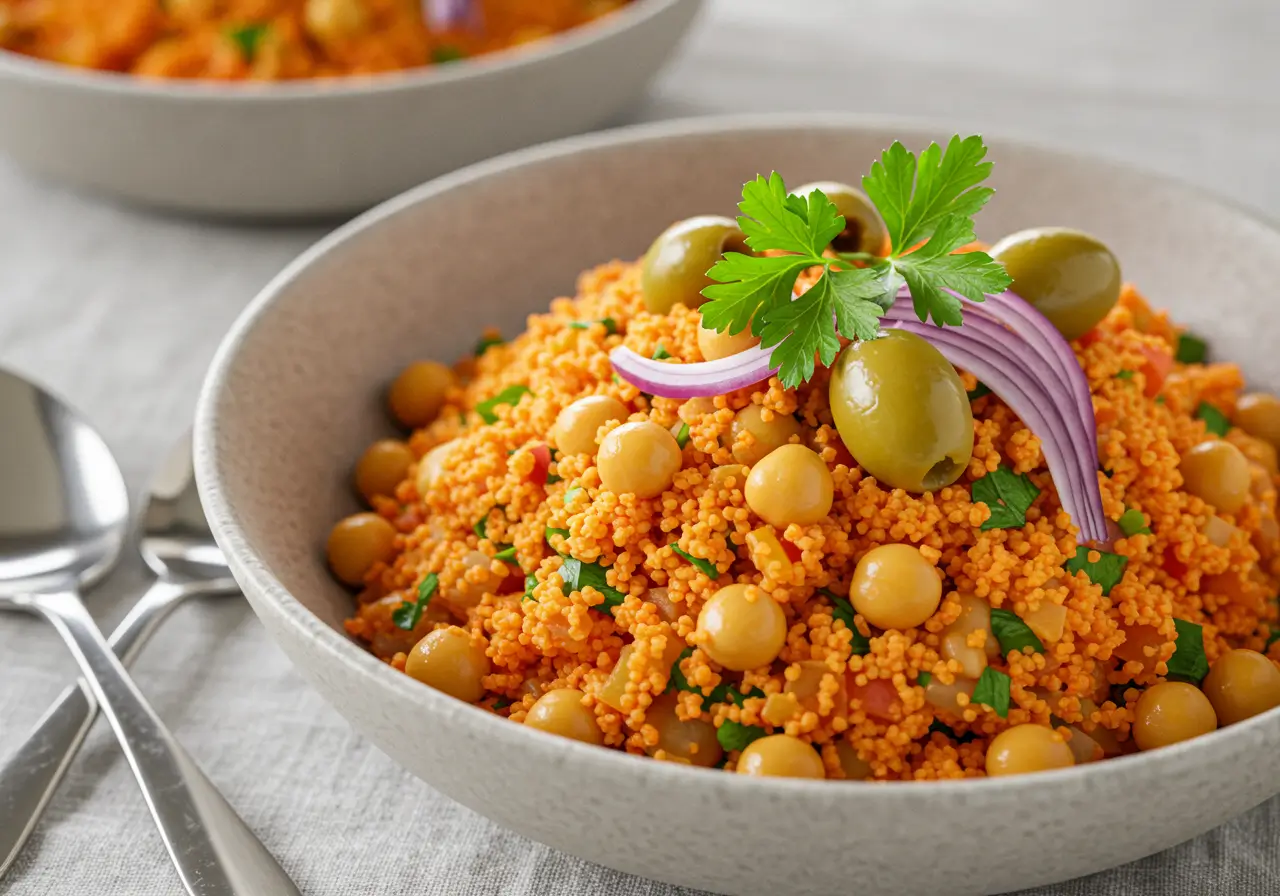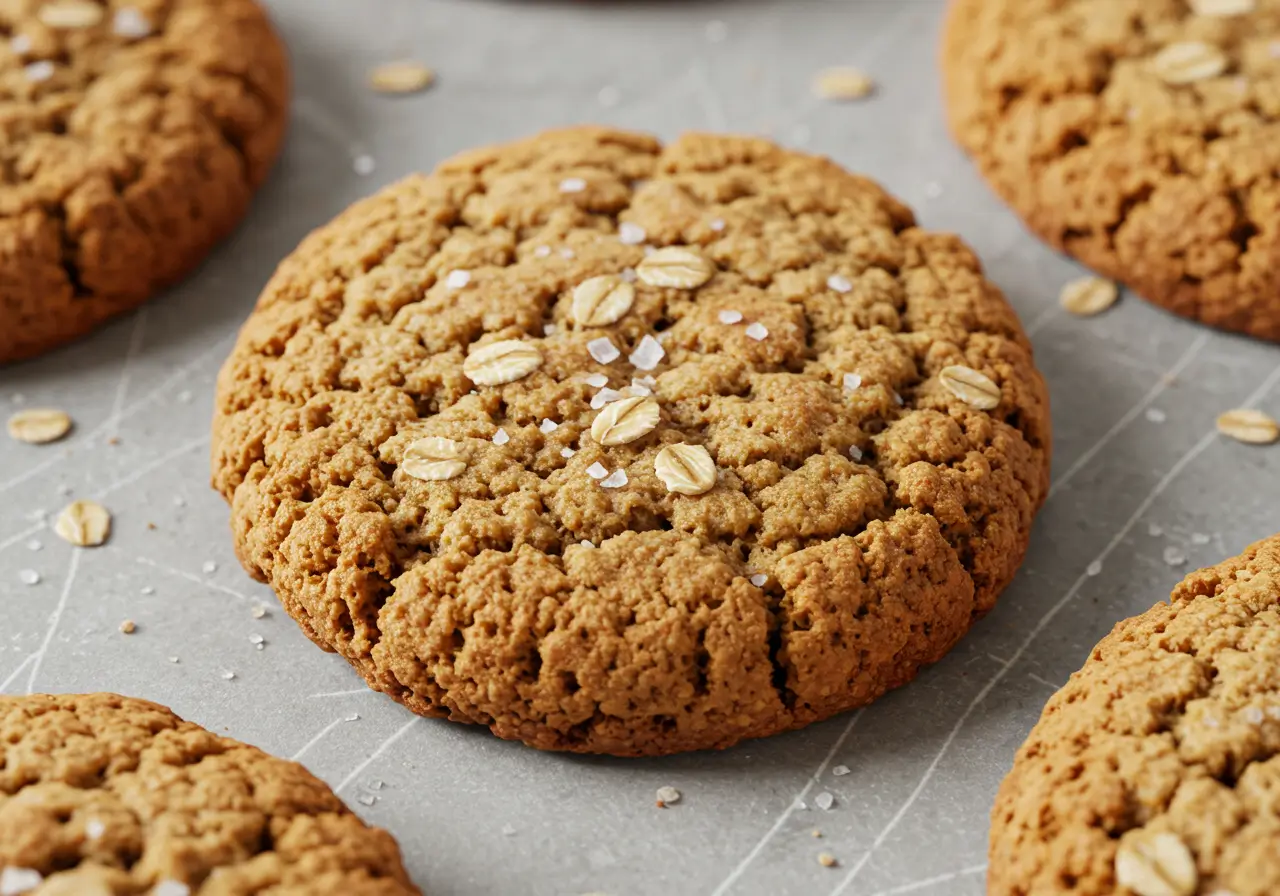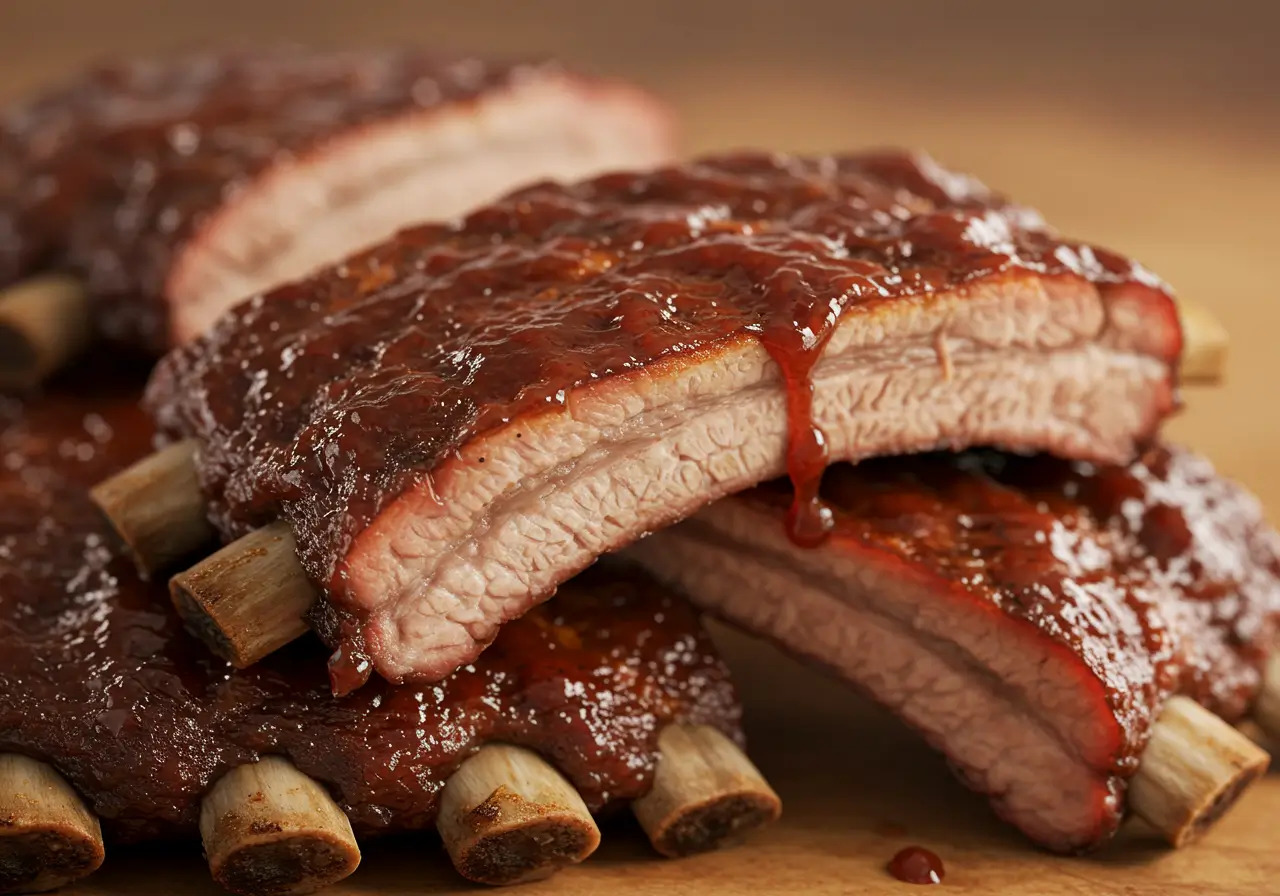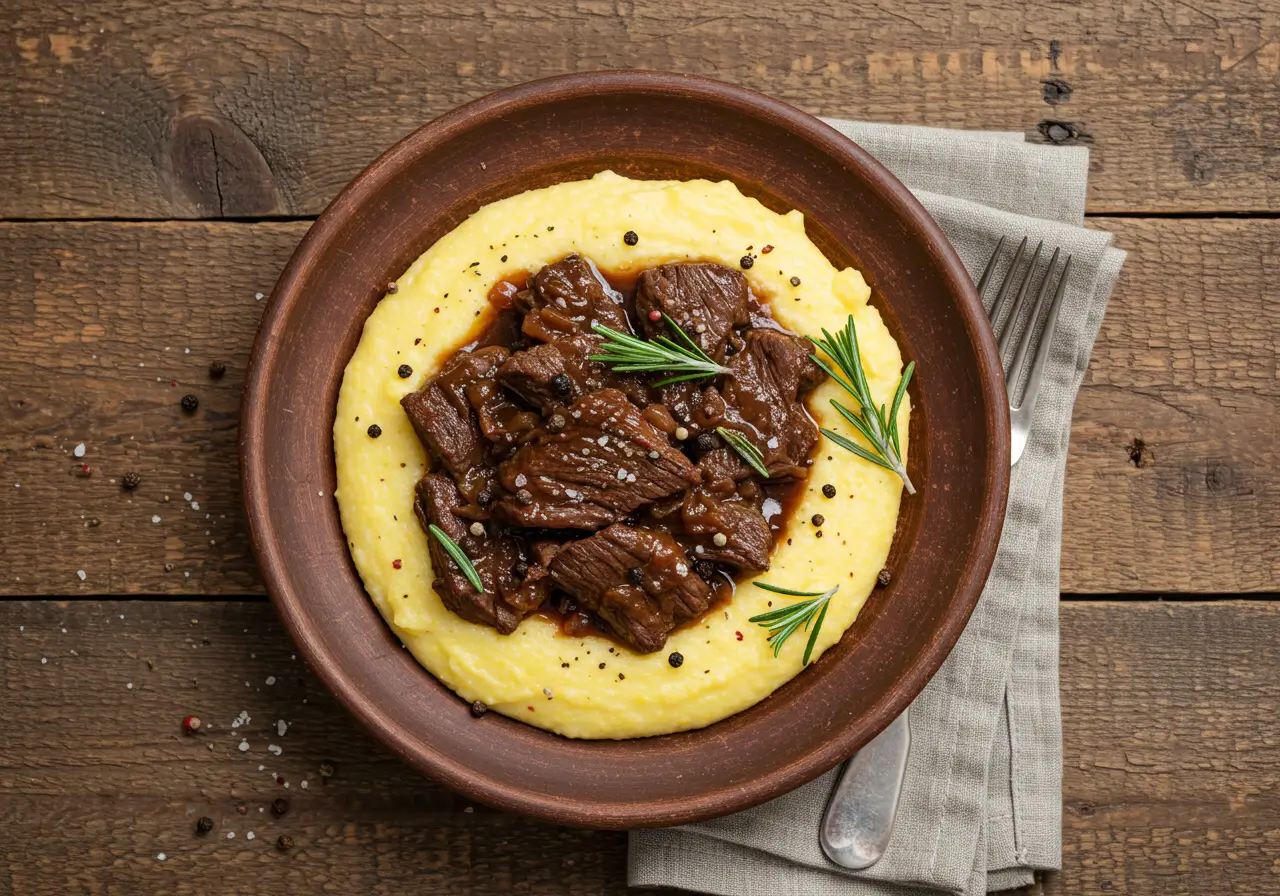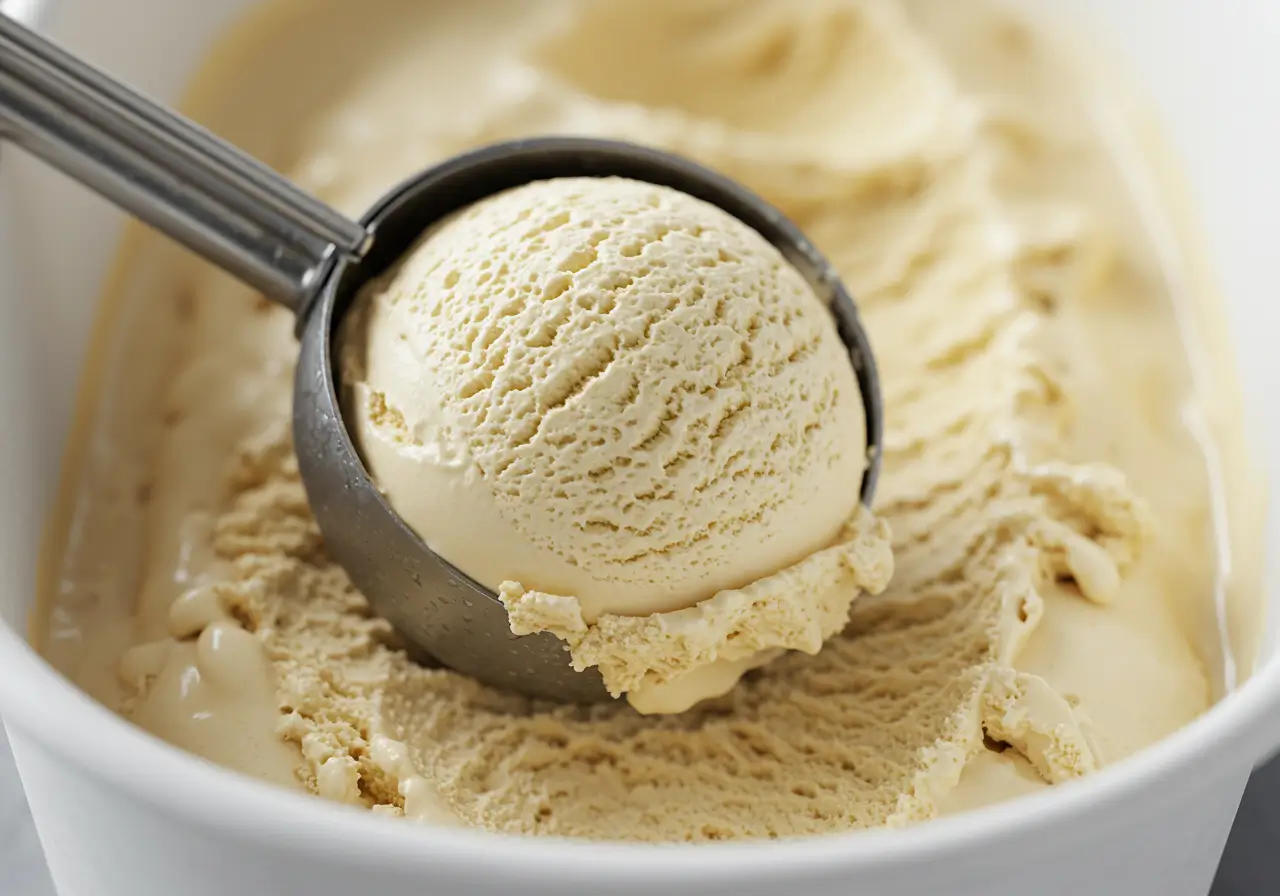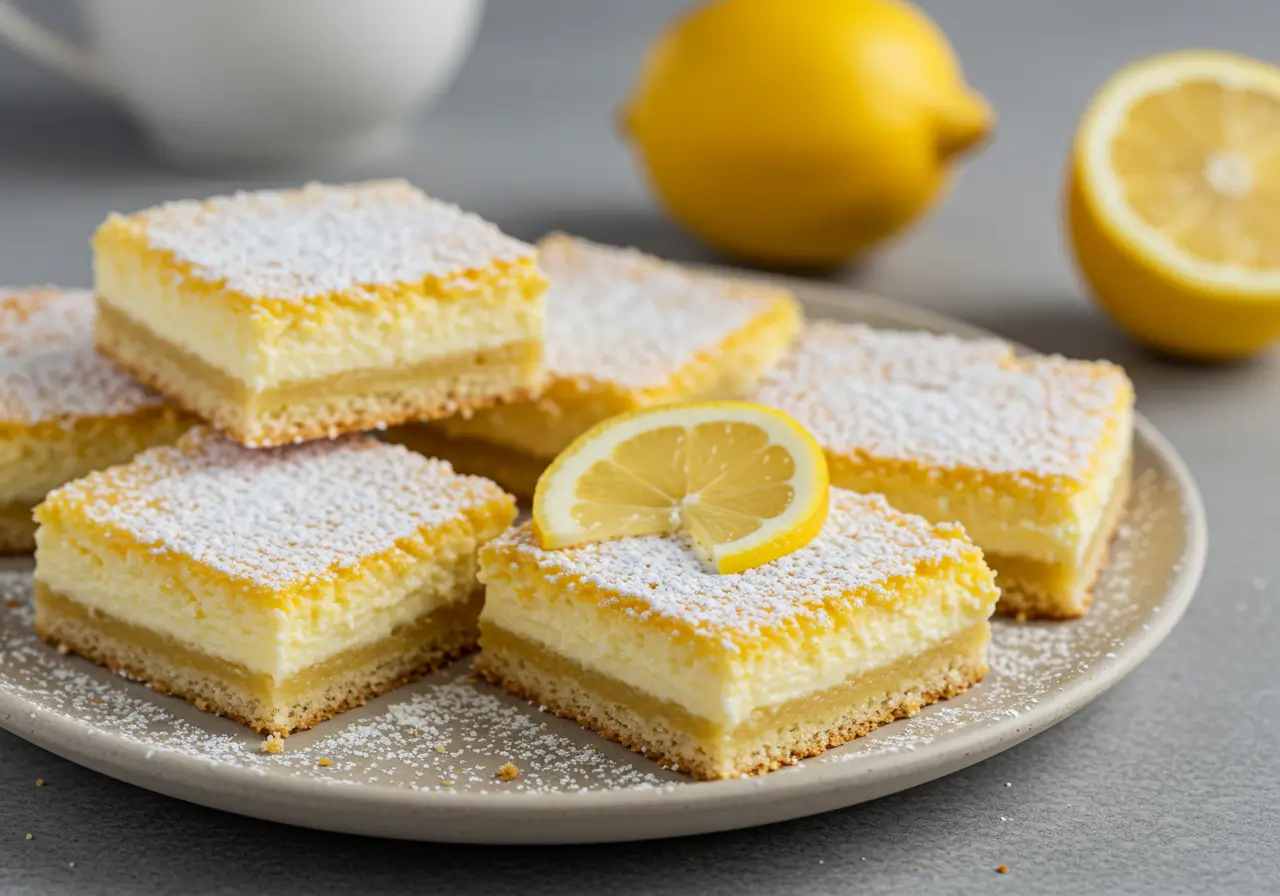There’s something truly comforting about the aroma of bulgur wheat pilaf simmering in the kitchen. Growing up, it was one of those dishes that signaled family gatherings, laughter, and plates being passed around the table. Bulgur wheat pilaf isn’t just food—it’s a tradition packed with warmth, flavor, and wholesome goodness.
This hearty grain dish, deeply rooted in Mediterranean and Middle Eastern cuisine, is beloved for its nutty flavor, fluffy texture, and ease of preparation. Plus, it’s incredibly nutritious! If you’re curious about the health benefits of bulgur wheat, you’ll be happy to know it’s loaded with fiber, essential minerals, and plant-based protein that supports overall wellness.
Even better, bulgur wheat pilaf offers endless versatility. Whether you’re pairing it with roasted vegetables, pellet smoker ribs, or enjoying it as a light lunch, it delivers pure, delicious satisfaction. To better understand why this humble grain is a staple across cultures, you might enjoy learning what is bulgur wheat and how it fits into a healthy diet.
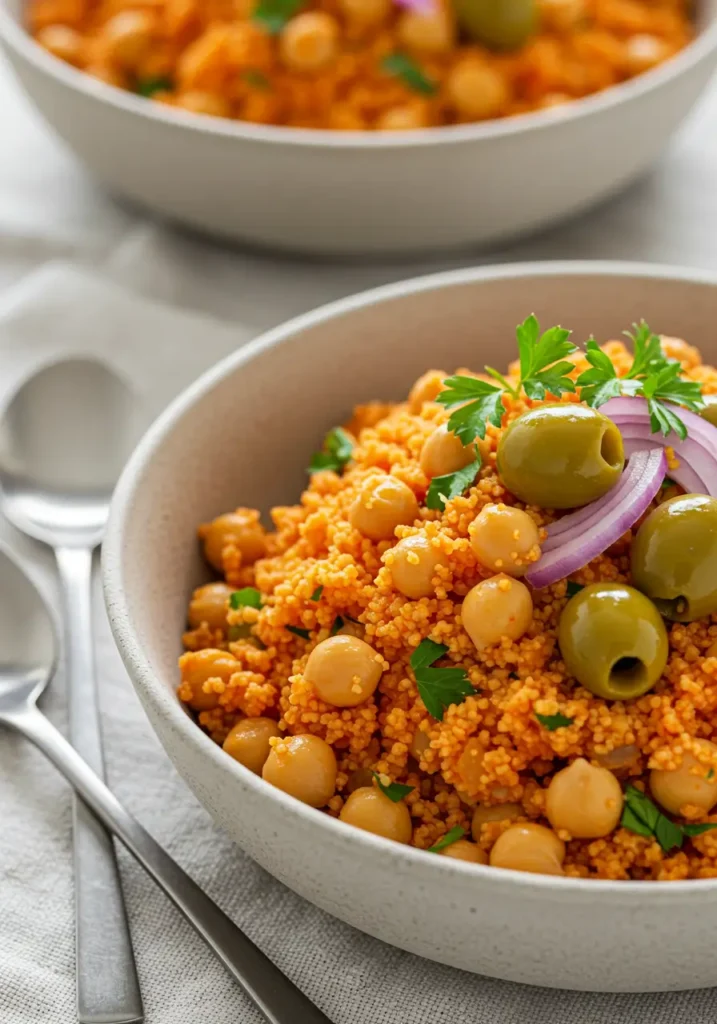
Ready to create your new favorite comfort dish? Let’s dive in!
Table of Contents
Ingredients Overview
One of the best things about making bulgur wheat pilaf is that it uses simple, pantry-friendly ingredients. Here’s what you’ll need:
- Olive oil – for sautéing and boosting flavor
- Onion – finely chopped for aromatic depth
- Tomato paste – adds richness and a beautiful red hue
- Fresh tomato – optional but recommended for extra juiciness
- Green bell pepper – for crunch and a slight sweetness
- Fine bulgur wheat (#1 grade) – the star ingredient
- Chickpeas – for added protein and texture
- Vegetable or chicken broth – key for infusing flavor while cooking
- Cumin, salt, and pepper – essential seasonings
- Fresh parsley – to brighten up the final dish
Tip: Using a quality broth will elevate the flavor of your bulgur wheat pilaf tremendously
How to Make Bulgur Wheat Pilaf
Step 1: Prepare the Vegetables
Heat olive oil in a large pot over medium heat. Add finely chopped onions and sauté until translucent. Stir in the tomato paste, chopped tomatoes, and diced green peppers. Cook for 2-3 minutes until the mixture becomes fragrant.
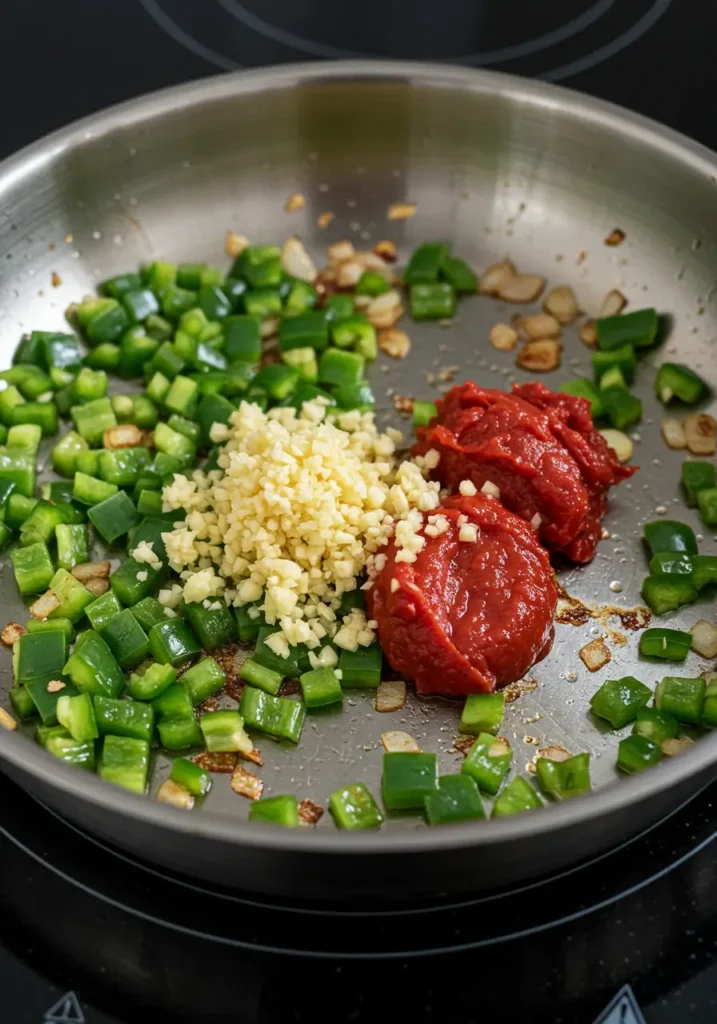
Step 2: Toast the Bulgur
Add the fine bulgur wheat directly into the pot. Stir well to coat the grains with the tomato mixture. Toasting the bulgur briefly enhances its nutty flavor and creates a delicious base for the pilaf.
Step 3: Add Chickpeas and Liquid
Add rinsed chickpeas to the mixture. Pour in the warm broth and season with cumin, salt, and black pepper. Stir everything together thoroughly.
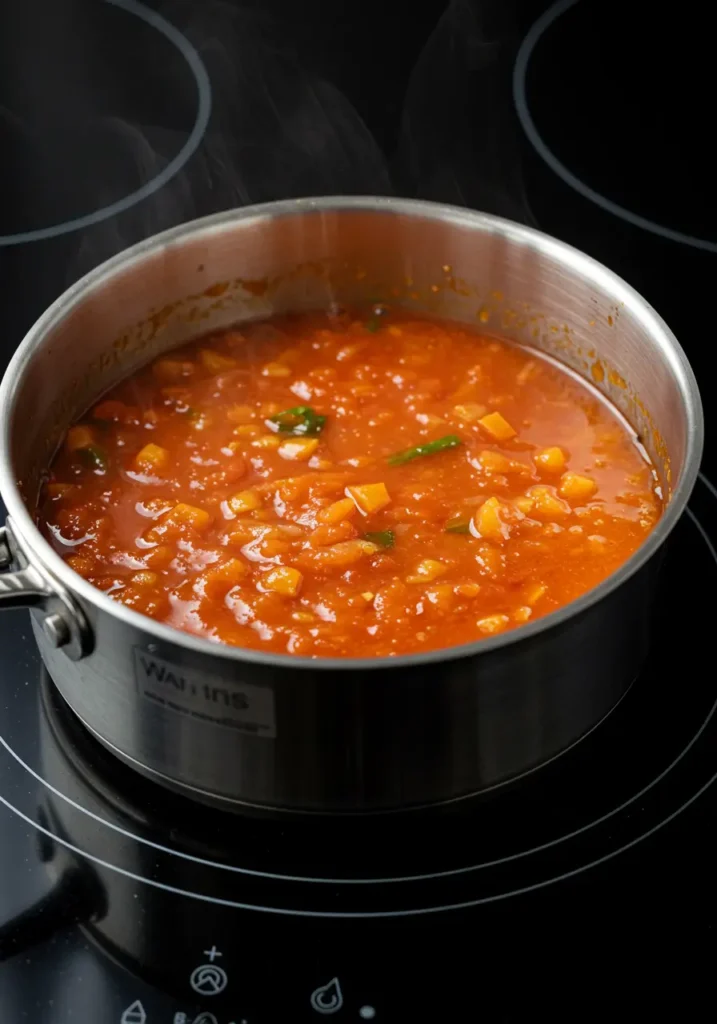
Step 4: Let It Cook and Rest
Bring the pot to a simmer, then immediately cover with a lid and remove from heat. Allow the bulgur wheat pilaf to rest for about 10 minutes. The grains will absorb the flavorful broth and soften perfectly.

Step 5: Fluff and Serve
After resting, fluff the pilaf gently with a fork. Garnish with freshly chopped parsley before serving.
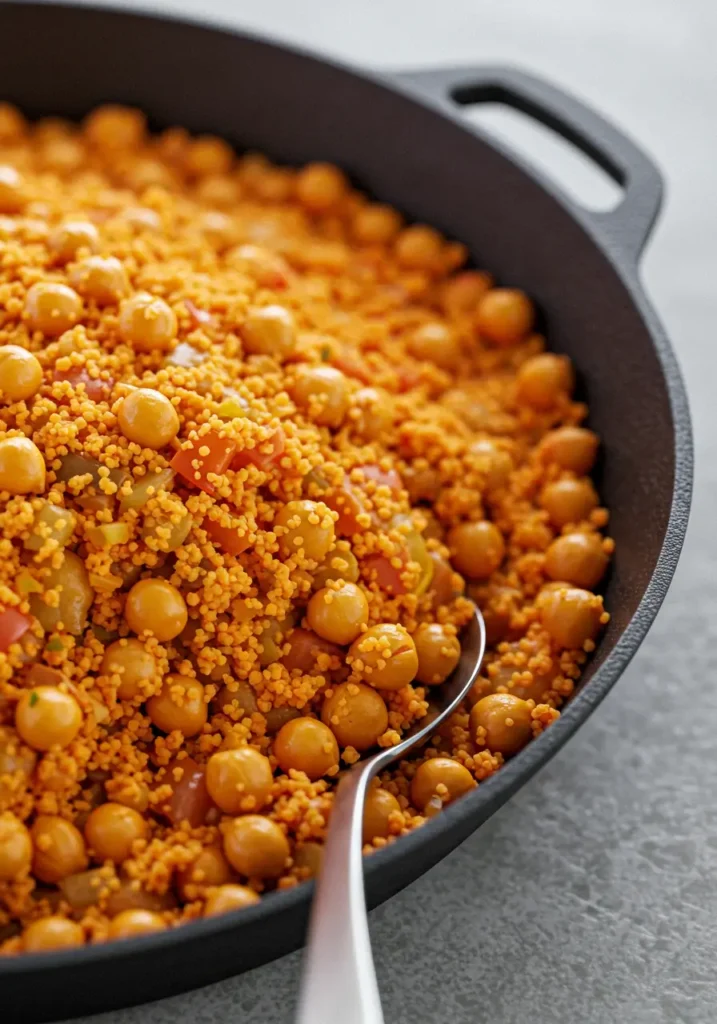
Pro Tips for Perfect Bulgur Wheat Pilaf
- Don’t rinse the bulgur: It’s already parboiled and ready to absorb liquid quickly
- Use hot broth: This ensures even cooking without becoming mushy
- Fluff gently: Avoid over-stirring, which can make the texture gummy
- Adjust seasoning: Taste after resting and adjust salt or spices as needed
What to Serve With Bulgur Wheat Pilaf
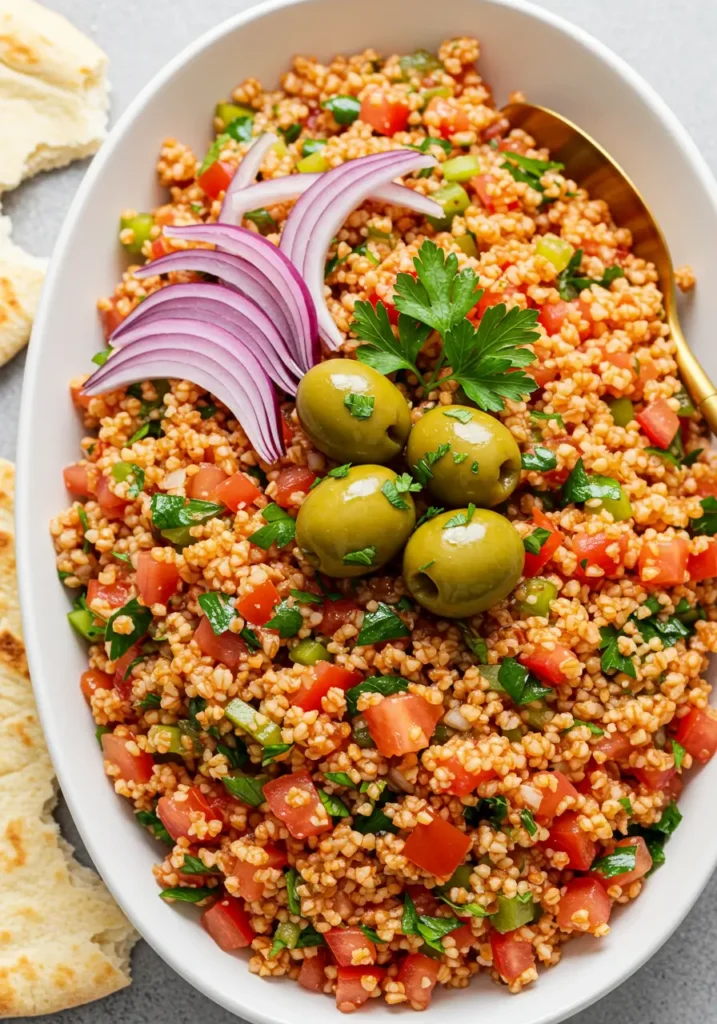
When planning a wholesome meal around bulgur wheat pilaf, consider pairing it with hearty dishes like what to serve with short ribs. The nutty, chewy grains beautifully complement tender, juicy meats or vibrant vegetable dishes.
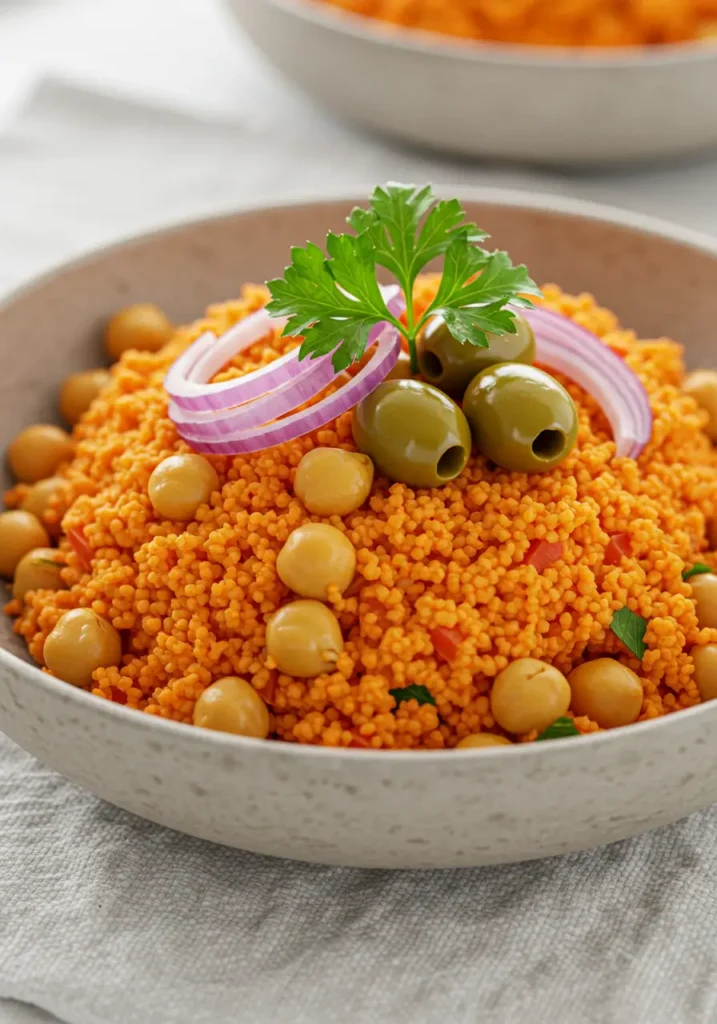
Looking for a complete meal idea? After a savory pilaf main course, indulge your sweet tooth with these wholesome vegan oatmeal cookies — the perfect, guilt-free dessert to round off a delicious dinner.
Frequently Asked Questions About Bulgur Wheat Pilaf (FAQs)
Is bulgur pilaf healthier than rice?
Yes, bulgur pilaf is generally healthier than white rice. It’s higher in fiber, richer in essential nutrients like magnesium and iron, and has fewer calories per serving. Choosing bulgur wheat pilaf over rice can help support digestion, heart health, and balanced blood sugar levels.
What is bulgur pilaf?
Bulgur pilaf is a traditional dish made with fine bulgur wheat, vegetables, broth, and spices. It’s a fluffy, flavorful, and nutrient-dense meal, often served as a hearty side dish or light main course in Mediterranean and Middle Eastern cuisine.
Is bulgur wheat healthy?
Absolutely! Bulgur wheat is a whole grain packed with fiber, plant-based protein, vitamins, and minerals. Regularly eating bulgur wheat may promote heart health, aid digestion, and help maintain a healthy weight, making it a smart addition to any balanced diet.
Can I use bulgur wheat instead of rice?
Yes, you can easily substitute bulgur wheat for rice in many recipes. Thanks to its quick cooking time and chewy, nutty texture, bulgur wheat works beautifully in pilafs, salads, soups, and even stuffed vegetables.
What’s the difference between bulgur and cracked wheat?
Bulgur is pre-cooked and dried, making it quicker to prepare. Cracked wheat is raw and requires a longer cooking time.
Conclusion
Bulgur wheat pilaf brings a hearty, wholesome touch to any table, offering a comforting blend of texture, flavor, and nutrition that few side dishes can match. With its quick preparation, flexible ingredients, and endless possibilities for customization, it’s the perfect addition to your weeknight dinners, festive gatherings, or even weekly meal preps.
Whether you enjoy it alongside roasted meats, seasonal vegetables, or as a satisfying vegetarian main course, this classic dish never fails to impress. If you’re looking for more flavorful, nourishing ideas to brighten up your meals, don’t miss our home cooking inspirations for a collection of simple, delicious recipes crafted for real life. Give this easy recipe a try, share it with loved ones, and experience the timeless joy of bulgur wheat pilaf today!
Print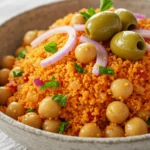
Bulgur Pilaf
- Total Time: 30 minutes
- Yield: Serves 4
- Diet: Vegetarian
Description
This bulgur wheat pilaf is a quick, flavorful, and wholesome dish that brings a Mediterranean twist to your table. Made with nutrient-rich bulgur, colorful vegetables, and savory seasonings, this easy healthy grain recipe is perfect for weeknights or festive gatherings.
Ingredients
- 2 tablespoons olive oil
- 1 medium onion, finely chopped
- 2 tablespoons tomato paste
- 1 medium tomato, diced (optional)
- 1 green bell pepper, chopped
- 1 cup fine bulgur wheat (#1 grade)
- 1/2 cup cooked chickpeas
- 2 cups vegetable or chicken broth
- 1 teaspoon ground cumin
- Salt and black pepper to taste
- 2 tablespoons chopped fresh parsley
Instructions
- Heat olive oil in a large pot over medium heat and sauté the chopped onions until translucent.
- Add tomato paste, diced tomato (if using), and chopped green pepper, cooking for 2–3 minutes until fragrant.
- Stir in the bulgur wheat and toast for 1–2 minutes, allowing the grains to absorb the base flavors.
- Add the cooked chickpeas and pour in the warm broth, then season with cumin, salt, and pepper.
- Bring to a simmer, cover the pot, and remove from heat, letting the pilaf rest for 10 minutes to fully absorb the liquid.
- Fluff the bulgur wheat pilaf with a fork, garnish with chopped parsley, and serve warm.
- This Mediterranean pilaf is perfect as a side or a light main course.
Notes
- Use low-sodium broth for a heart-healthier version.
- You can substitute red bell pepper or add diced zucchini for extra vegetables.
- Leftovers of this healthy grain recipe keep well for up to 3 days in the fridge.
- To make it vegan, ensure your broth is vegetable-based.
- Prep Time: 10 minutes
- Cook Time: 20 minutes
- Category: Healthy Recipes
- Method: Stovetop
- Cuisine: Mediterranean
Nutrition
- Serving Size: 1 bowl (approx. 250g)
- Calories: 280 Kcal
- Sugar: 3g
- Sodium: 420
- Fat: 8g
- Saturated Fat: 1g
- Unsaturated Fat: 6g
- Trans Fat: 0g
- Carbohydrates: 43g
- Fiber: 7g
- Protein: 8g
- Cholesterol: 0mg
Keywords: bulgur wheat pilaf, Mediterranean pilaf, healthy grain recipe, easy bulgur pilaf, vegetarian bulgur dish, Middle Eastern pilaf, bulgur pilaf with chickpeas


